1. Dawson LA, Kavanagh BD, Paulino AC, Das SK, Miften M, Li XA, Pan C, Ten Haken RK, Schultheiss TE. Radiation-associated kidney injury. Int J Radiat Oncol Biol Phys. 2010; 76:S108–S115. PMID:
20171504.
2. Cohen EP. Radiation nephropathy after bone marrow transplantation. Kidney Int. 2000; 58:903–918. PMID:
10916120.
3. Kang SH, Hwang HS, Park HS, Sun IO, Choi SR, Chung BH, Choi BS, Yang CW, Kim YS, Min CK, et al. Changes in renal function after different tandem hematopoietic stem-cell transplantation approaches in patients with multiple myeloma. J Korean Med Sci. 2011; 26:1310–1315. PMID:
22022183.
4. Cohen EP, Robbins ME. Radiation nephropathy. Semin Nephrol. 2003; 23:486–499. PMID:
13680538.
5. Cassady JR. Clinical radiation nephropathy. Int J Radiat Oncol Biol Phys. 1995; 31:1249–1256. PMID:
7713786.
6. Park J, Choi EK, Kim JH, Lee SW, Song SY, Yoon SM, Kim YS, Kim SS, Park JH, Park J, et al. Effects of total body irradiation-based conditioning on allogeneic stem cell transplantation for pediatric acute leukemia: a single-institution study. Radiat Oncol J. 2014; 32:198–207. PMID:
25324992.
7. Mizuno K, Tanaka M, Nozaki S, Mizuma H, Ataka S, Tahara T, Sugino T, Shirai T, Kajimoto Y, Kuratsune H, et al. Antifatigue effects of coenzyme Q10 during physical fatigue. Nutrition. 2008; 24:293–299. PMID:
18272335.
8. Kim J, Seok YM, Jung KJ, Park KM. Reactive oxygen species/oxidative stress contributes to progression of kidney fibrosis following transient ischemic injury in mice. Am J Physiol Renal Physiol. 2009; 297:F461–F470. PMID:
19458120.
9. Shekelle P, Morton S, Hardy ML. Effect of supplemental antioxidants vitamin C, vitamin E, and coenzyme Q10 for the prevention and treatment of cardiovascular disease. Evid Rep Technol Assess (Summ). 2003; 1–3.
10. Fouad AA, Al-Sultan AI, Refaie SM, Yacoubi MT. Coenzyme Q10 treatment ameliorates acute cisplatin nephrotoxicity in mice. Toxicology. 2010; 274:49–56. PMID:
20510337.
11. Ishikawa A, Homma Y. Beneficial effect of ubiquinol, the reduced form of coenzyme Q10, on cyclosporine nephrotoxicity. Int Braz J Urol. 2012; 38:230–234. PMID:
22555041.
12. Jongejan HT, van der Kogel AJ, Provoost AP, Molenaar JC. Radiation nephropathy in young and adult rats. Int J Radiat Oncol Biol Phys. 1987; 13:225–232. PMID:
3818389.
13. Maric C, Sandberg K, Hinojosa-Laborde C. Glomerulosclerosis and tubulointerstitial fibrosis are attenuated with 17beta-estradiol in the aging Dahl salt sensitive rat. J Am Soc Nephrol. 2004; 15:1546–1556. PMID:
15153565.
14. Kanter M, Topcu-Tarladacalisir Y, Uzal C. Role of amifostine on acute and late radiation nephrotoxicity: a histopathological study. In Vivo. 2011; 25:77–85. PMID:
21282738.
15. Luxton RW. Radiation nephritis. Q J Med. 1953; 22:215–242. PMID:
13056165.
16. Krochak RJ, Baker DG. Radiation nephritis. Clinical manifestations and pathophysiologic mechanisms. Urology. 1986; 27:389–393. PMID:
3518182.
17. Moulder JE. Post-irradiation approaches to treatment of radiation injuries in the context of radiological terrorism and radiation accidents: a review. Int J Radiat Biol. 2004; 80:3–10. PMID:
14761845.
18. Robbins ME, Bonsib SM. Radiation nephropathy: a review. Scanning Microsc. 1995; 9:535–560. PMID:
8714748.
19. Kaldir M, Cosar-Alas R, Cermik TF, Yurut-Caloglu V, Saynak M, Altaner S, Caloglu M, Kocak Z, Tokatli F, Türe M, et al. Amifostine use in radiation-induced kidney damage. Preclinical evaluation with scintigraphic and histopathologic parameters. Strahlenther Onkol. 2008; 184:370–375. PMID:
19016036.
20. Yildiz F, Atahan IL, Tuncel M, Konan A. The influence of dose per fraction on the pathogenesis of radiation nephropathy. Australas Radiol. 1998; 42:347–353. PMID:
9833374.
21. Cosar R, Yurut-Caloglu V, Eskiocak S, Ozen A, Altaner S, Ibis K, Turan N, Denizli B, Uzal C, Saynak M, et al. Radiation-induced chronic oxidative renal damage can be reduced by amifostine. Med Oncol. 2012; 29:768–775. PMID:
21347716.
22. Yurut-Caloglu V, Caloglu M, Deniz-Yalta T, Aktoz T, Nurlu D, Kilic-Durankus N, Arda E, Turkkan G, İnci O. Radiation-induced acute kidney toxicity: protective effect of L-carnitine versus amifostine. Int J of Radiat Res. 2015; 13:317–324.
23. Moulder JE, Fish BL, Cohen EP. Treatment of radiation nephropathy with ACE inhibitors and AII type-1 and type-2 receptor antagonists. Curr Pharm Des. 2007; 13:1317–1325. PMID:
17506717.
24. Gillies NE. Effects of radiations on cells. Br Med J (Clin Res Ed). 1987; 295:1390–1391.
25. Robbins ME, Zhao W, Davis CS, Toyokuni S, Bonsib SM. Radiation-induced kidney injury: a role for chronic oxidative stress? Micron. 2002; 33:133–141. PMID:
11567882.
26. Zhao W, Spitz DR, Oberley LW, Robbins ME. Redox modulation of the pro-fibrogenic mediator plasminogen activator inhibitor-1 following ionizing radiation. Cancer Res. 2001; 61:5537–5543. PMID:
11454704.
27. Yarnold J, Brotons MC. Pathogenetic mechanisms in radiation fibrosis. Radiother Oncol. 2010; 97:149–161. PMID:
20888056.
28. Lefaix JL, Delanian S, Leplat JJ, Tricaud Y, Martin M, Nimrod A, Baillet F, Daburon F. Successful treatment of radiation-induced fibrosis using Cu/Zn-SOD and Mn-SOD: an experimental study. Int J Radiat Oncol Biol Phys. 1996; 35:305–312. PMID:
8635938.
29. Schmelzer C, Lindner I, Rimbach G, Niklowitz P, Menke T, Döring F. Functions of coenzyme Q10 in inflammation and gene expression. Biofactors. 2008; 32:179–183. PMID:
19096114.
30. Littarru GP, Tiano L. Clinical aspects of coenzyme Q10: an update. Nutrition. 2010; 26:250–254. PMID:
19932599.
31. Lyon W, Van den Brink O, Pepe S, Wowk M, Marasco S, Rosenfeldt FL. Similar therapeutic serum levels attained with emulsified and oil-based preparations of coenzyme Q10. Asia Pac J Clin Nutr. 2001; 10:212–215. PMID:
11708311.
32. Williams KD, Maneke JD, AbdelHameed M, Hall RL, Palmer TE, Kitano M, Hidaka T. 52-Week oral gavage chronic toxicity study with ubiquinone in rats with a 4-week recovery. J Agric Food Chem. 1999; 47:3756–3763. PMID:
10552718.
33. Hidaka T, Fujii K, Funahashi I, Fukutomi N, Hosoe K. Safety assessment of coenzyme Q10 (CoQ10). Biofactors. 2008; 32:199–208. PMID:
19096117.
34. Overvad K, Diamant B, Holm L, Holmer G, Mortensen SA, Stender S. Coenzyme Q10 in health and disease. Eur J Clin Nutr. 1999; 53:764–770. PMID:
10556981.
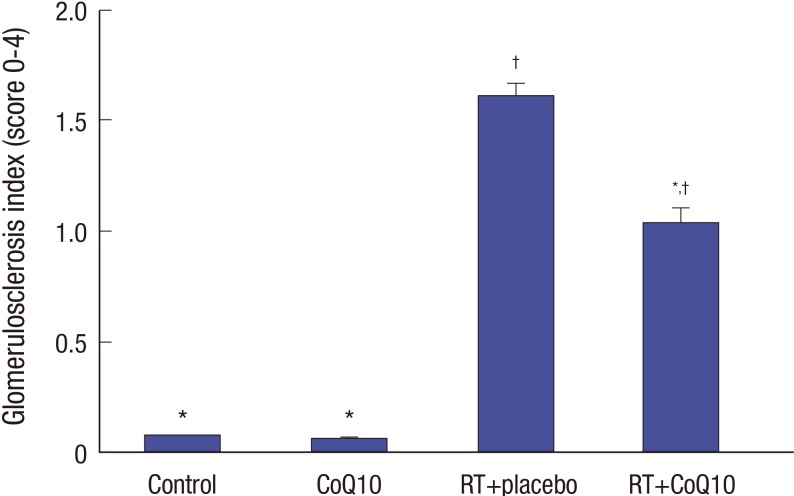
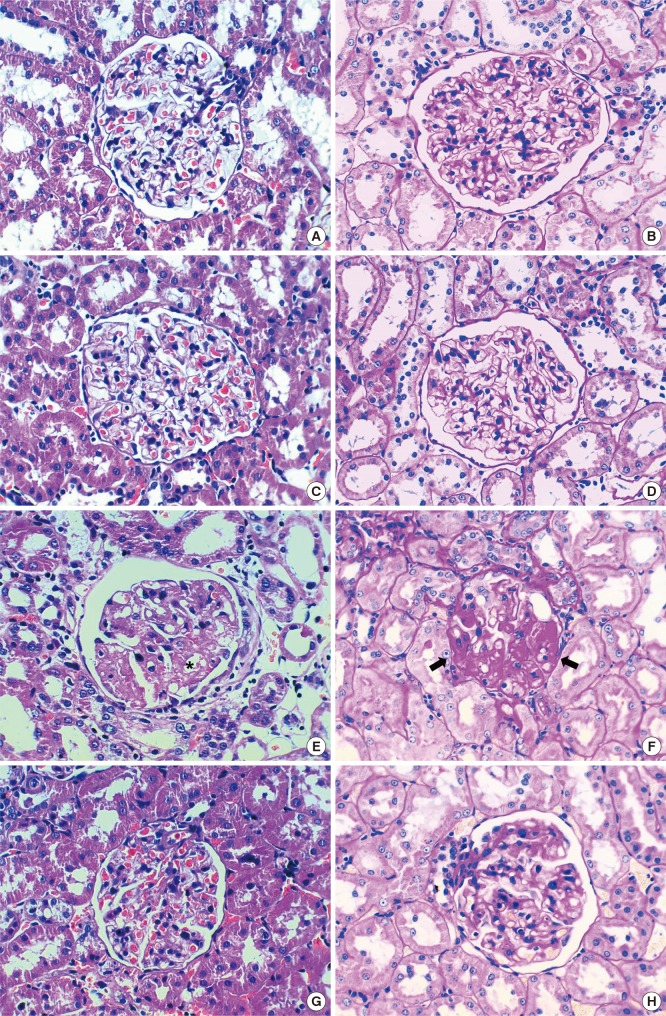
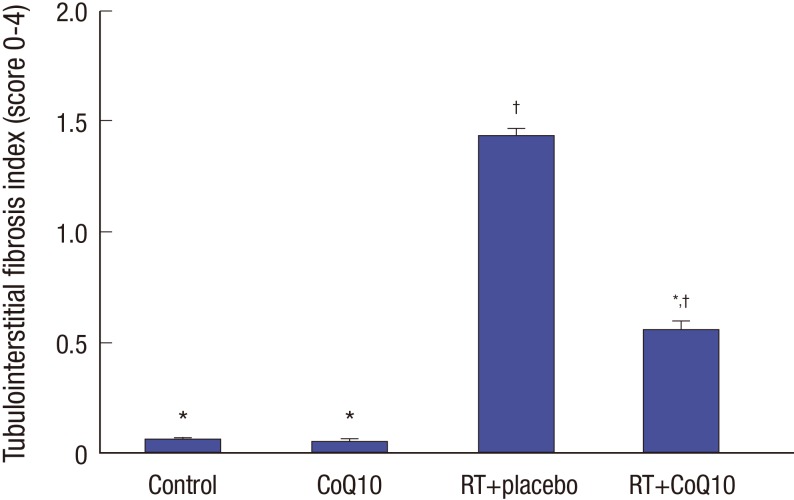
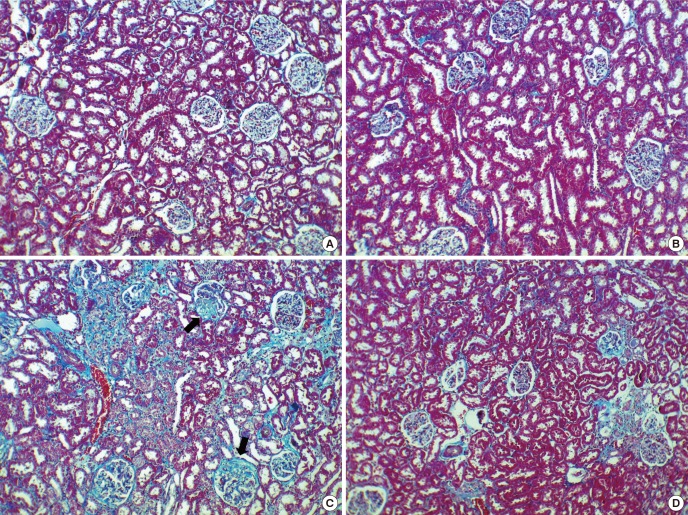




 PDF
PDF ePub
ePub Citation
Citation Print
Print



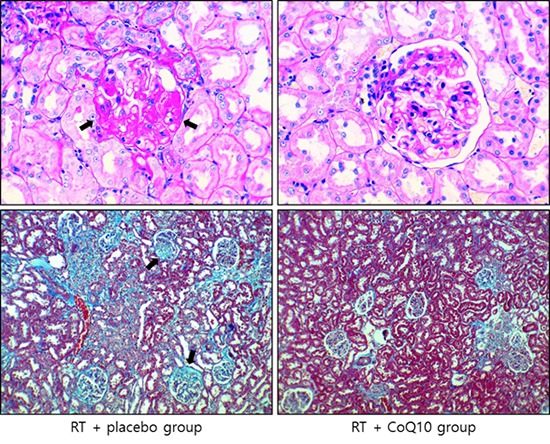

 XML Download
XML Download